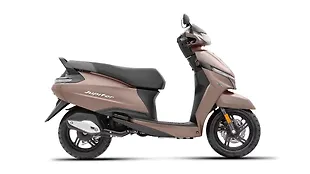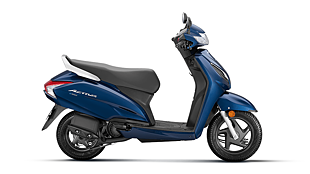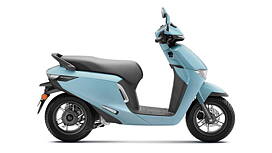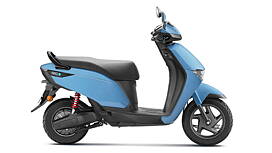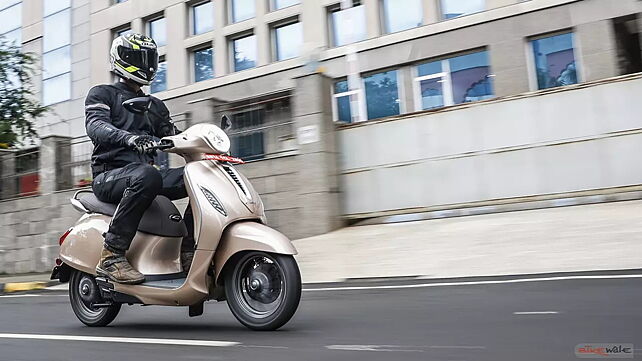
We recently tested the Bajaj Chetak for a few days and learned quite a bit about its range, practicality, features, and more. While you can read the Bajaj Chetak e-scooter road test review here, let’s take a quick look at the same via these high-resolution images.
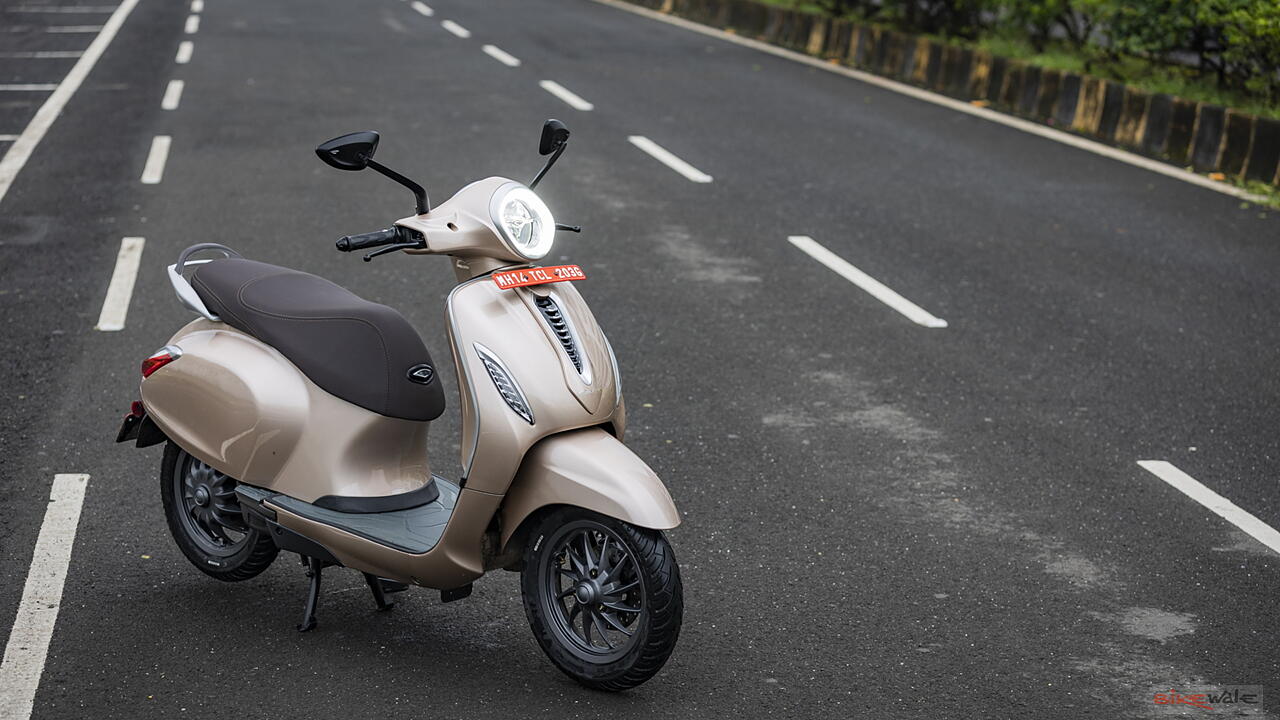
On the visual front, the Bajaj Chetak e-scooter seems to have taken inspiration from the Vespa range. It sports curvy body panels with flowing lines all over and we aren’t complaining. Overall, the scooter looks quite elegant but its rear end looks a tad occupied.
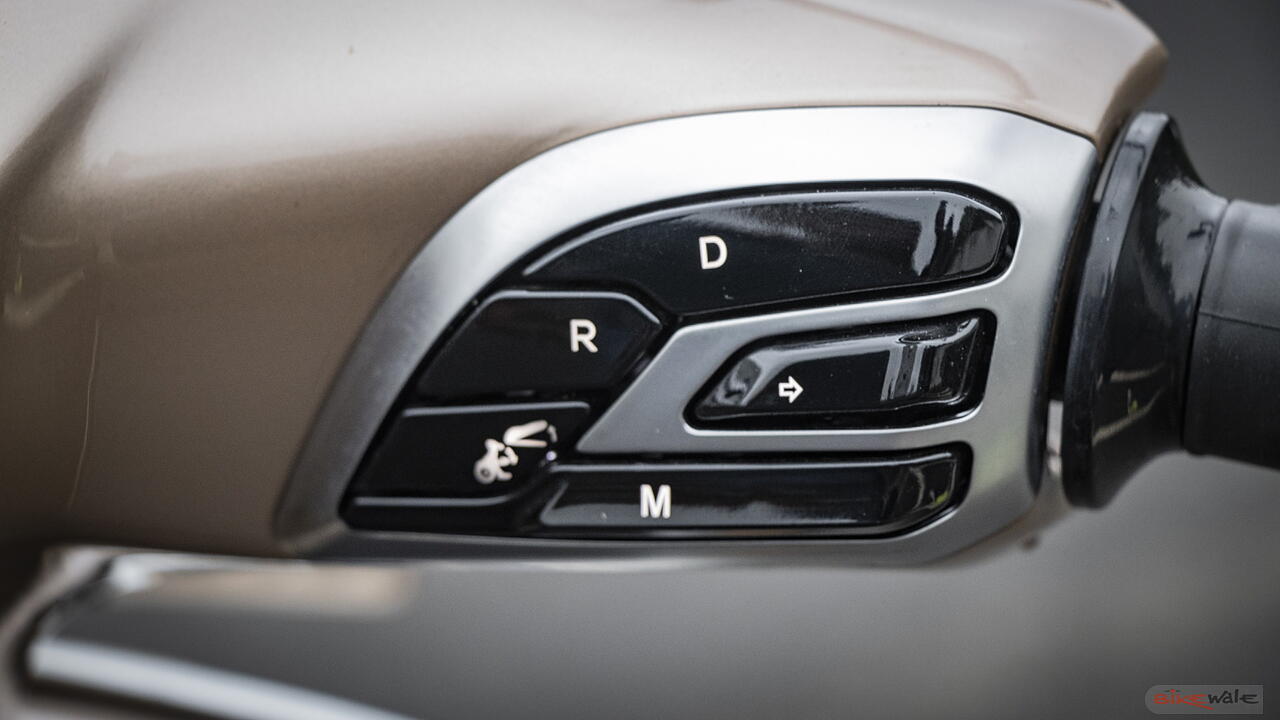
The build quality too on the Bajaj Chetak is commendable and there are bare minimum panel gaps. The metal build comes off solid and so does the paint finish. The Chetak’s switchgear is soft touch and backlit, thereby making it easy to operate.
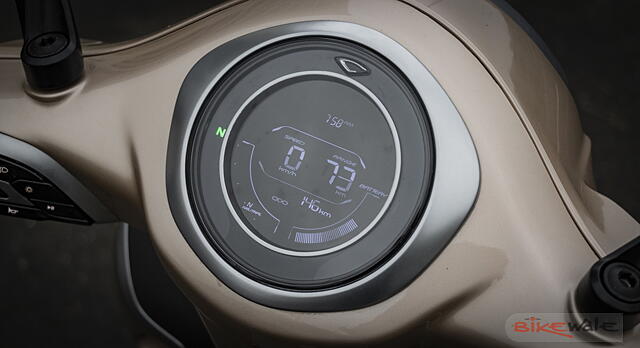
Bajaj has equipped it with LED illumination, and a fully digital instrument cluster with smartphone connectivity. The latter helps you with various riding data including the route it’s ridden on. All of this comes in quite handy for monitoring the scooter.
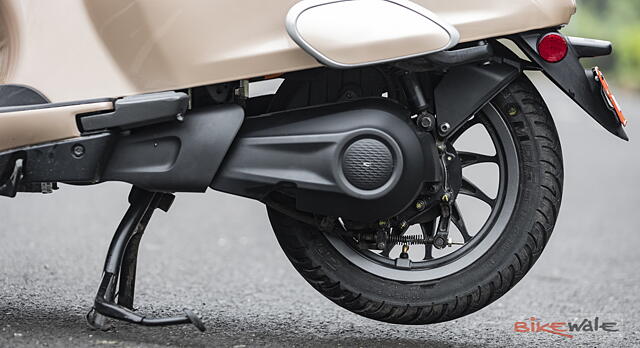
Powering the Bajaj e-scooter is a 3kWh IP67-rated lithium-ion battery mated to a 4kW motor (peak power). Bajaj claims a range of 90km while we managed to ride the scooter for 106km in full charge. Moreover, it covered the last 8km with zero per cent charge on the display. The Chetak’s top speed is limited to 69kmph.
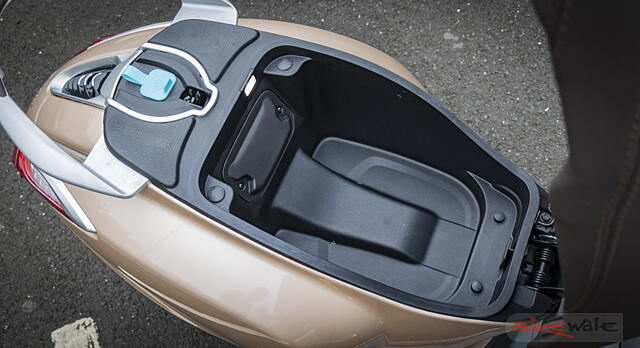
You can charge the Chetak using a standard 5A plug with an estimated charging time of four hours. Bajaj claims that the battery should last for seven years or up to 70,000km, provided the scooter is ridden consistently and has been maintained with a charge above 15 per cent all the time. However, it gets a warranty of 50,000km or three years.
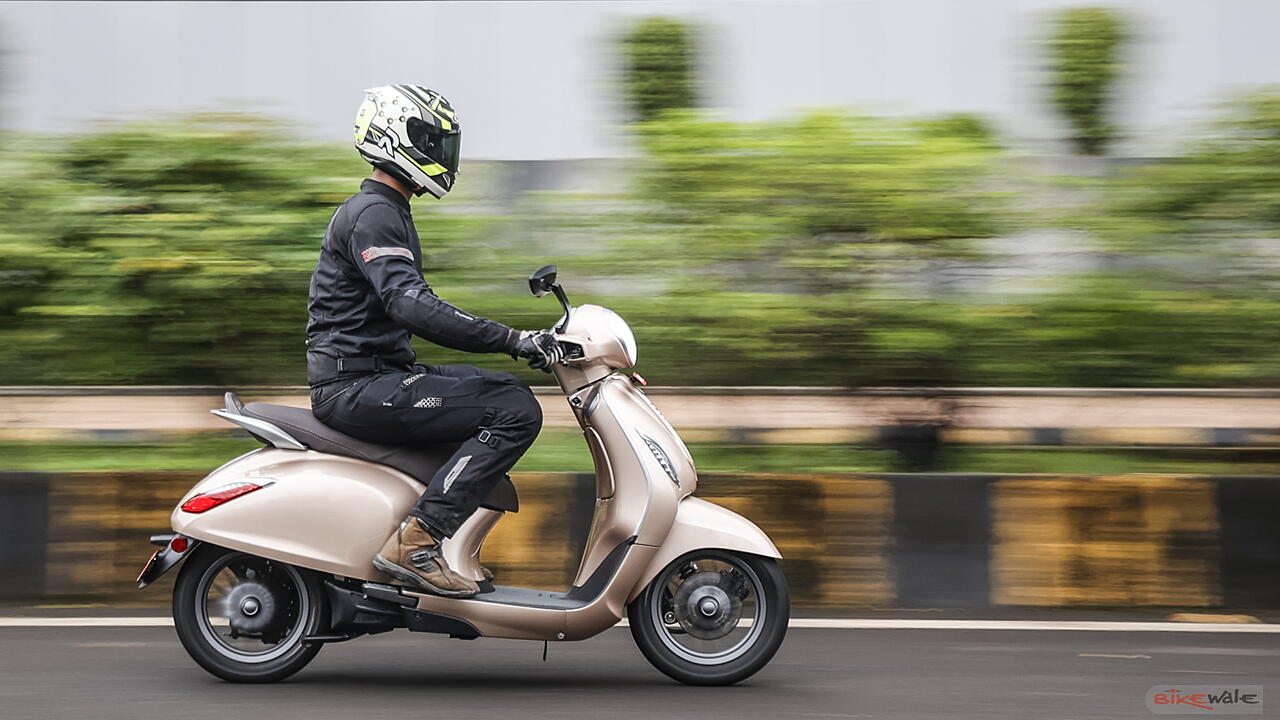
As for the ergonomics, the Chetak’s rider triangle is quite comfortable and upright. The wide seat and spacious floorboard add up to the overall ease of sitting for the rider. Furthermore, its suspension is quite plush but the front springs limit is evident when you encounter extremely rough roads.
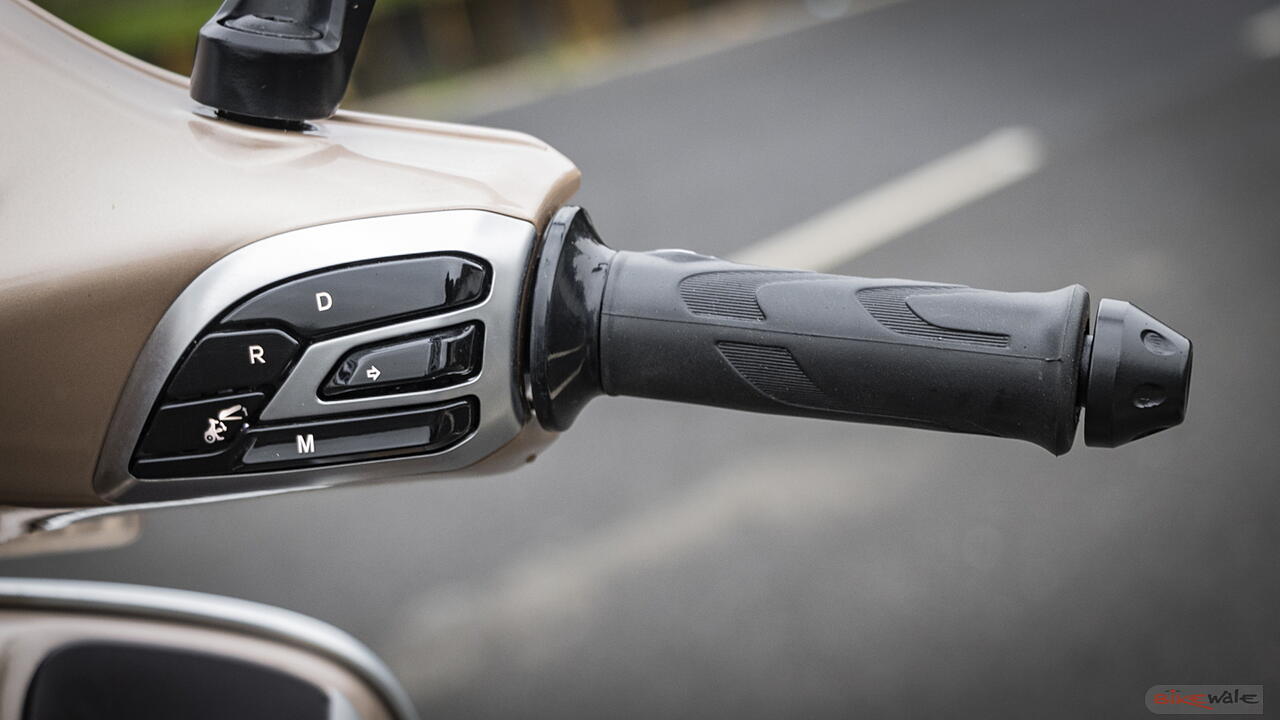
Bajaj has offered two riding modes on the Chetak: Eco and Sport. The Eco mode can be used for slow-speed city riding and the Sport mode helps you with an extra push on the highway.
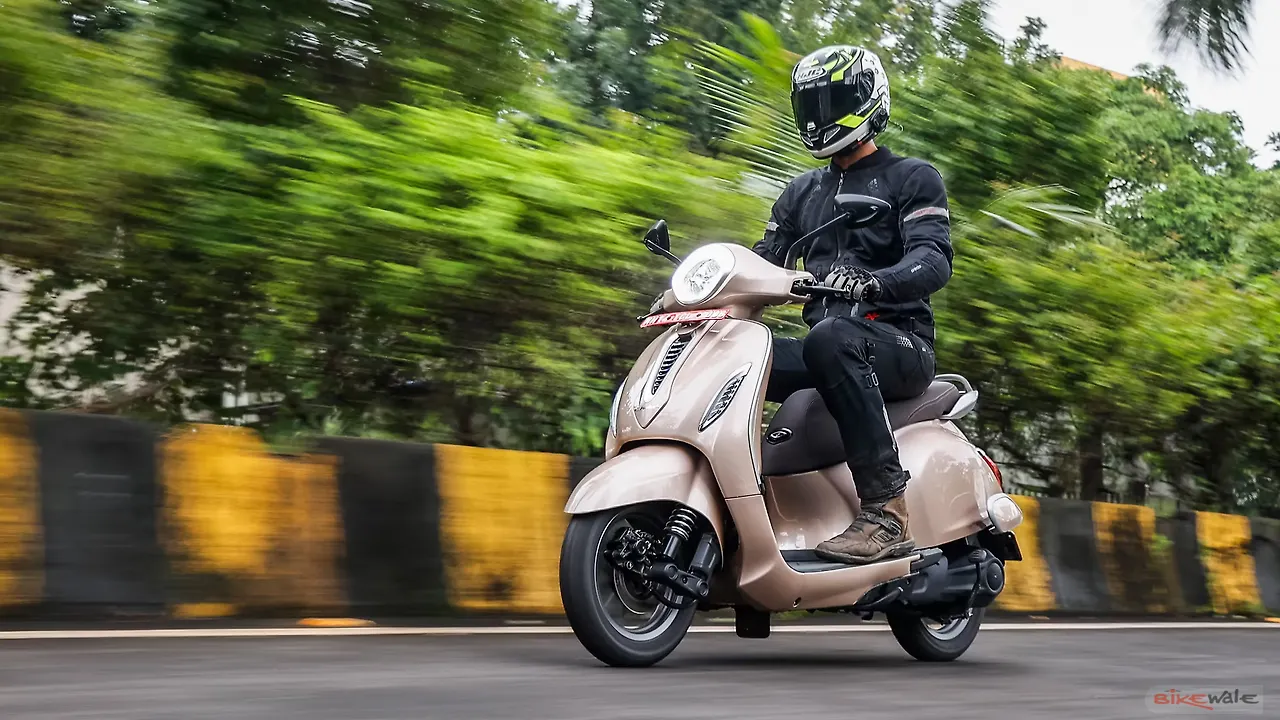
However, the scooter automatically switches from Eco to Sport when accelerated a little aggressively. This calls for a beep which gets a tad irritating after a while. So, we think Bajaj could have provided a dedicated Eco mode for the Chetak so it doesn’t switch to Sport mode repeatedly.
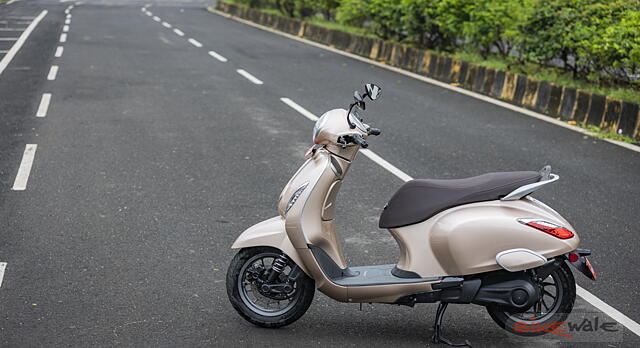
Lastly, the Chetak is priced on the higher side with an asking price of Rs 1.47 lakh on-road Mumbai. But the package seems premium and worth it when you look at the other electric scooters available on the market.
![Bajaj Chetak [2020-2024] Image Bajaj Chetak [2020-2024] Image](https://imgd.aeplcdn.com/272x153/n/cw/ec/169773/chetak-right-side-view-16.jpeg?isig=0&q=80)


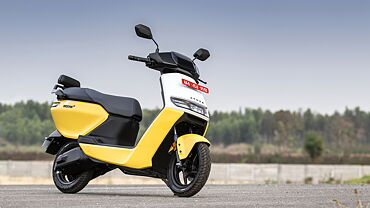



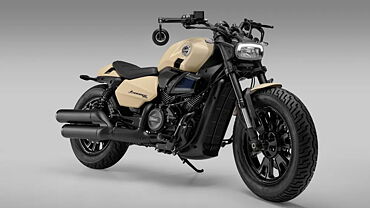
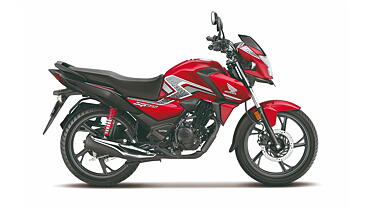
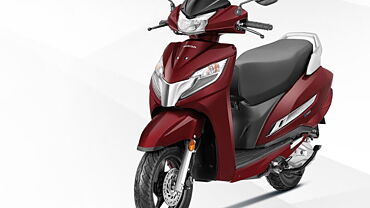
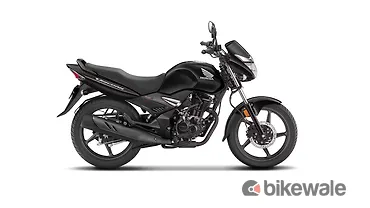

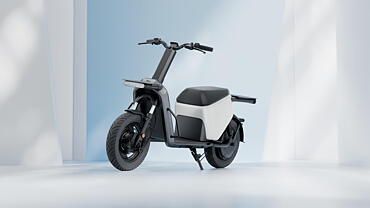


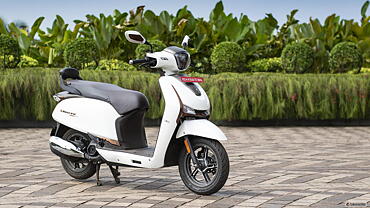





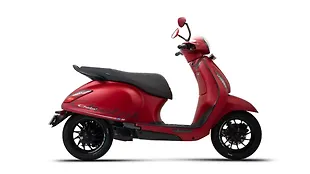
![Bajaj Chetak [2020-2024] Bajaj Chetak [2020-2024]](https://imgd.aeplcdn.com/310x174/n/cw/ec/169773/chetak-right-side-view-16.jpeg?isig=0&q=80)
